The Shohet (from “Had Gadya”)
Menachem Birnbaum
1920
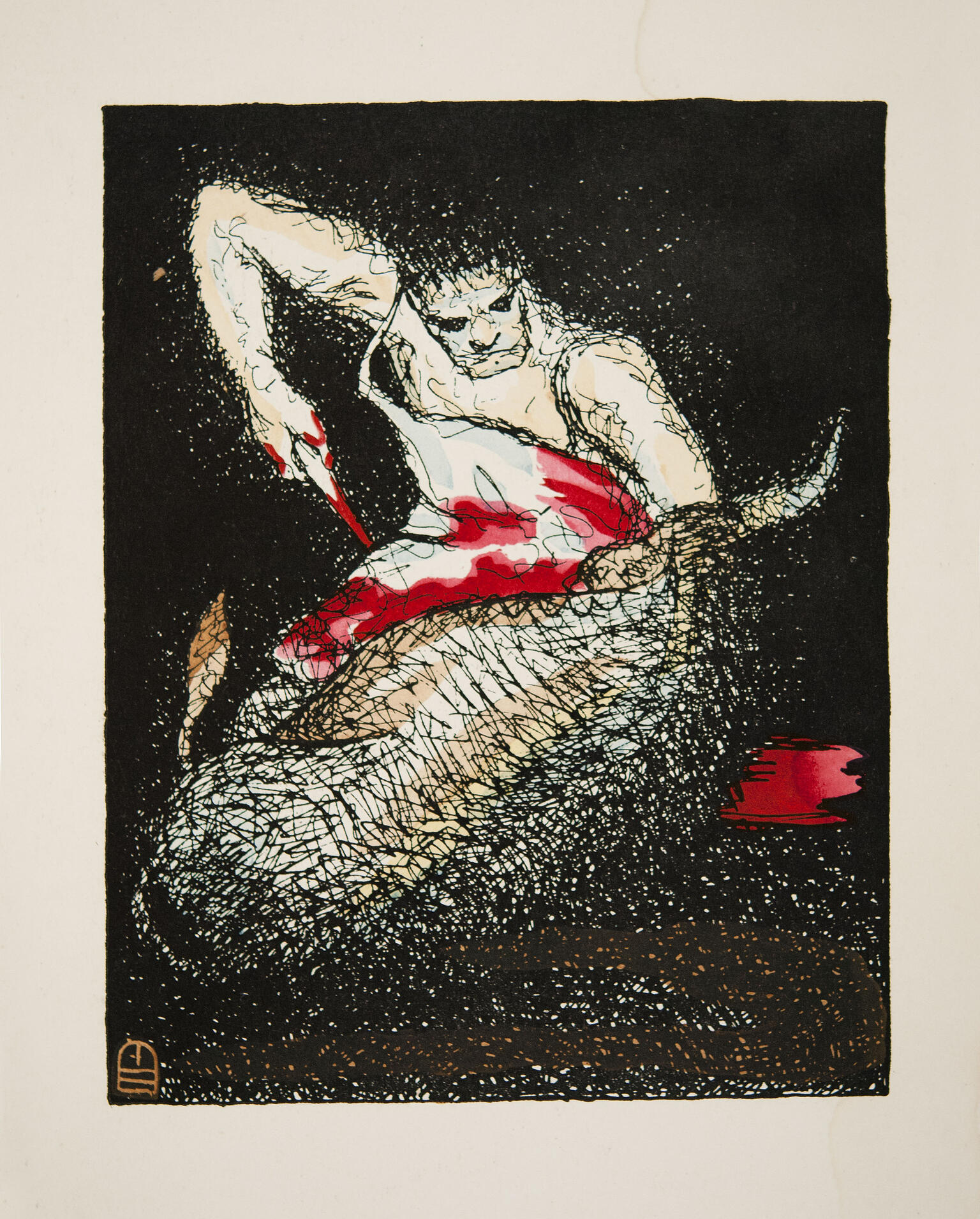
Creator Bio
Menachem Birnbaum
Born in Vienna, the book illustrator and portrait painter Menachem Birnbaum was the son of the ideologically peripatetic activist Nathan Birnbaum. He lived in Berlin from 1911 to 1914 and then from 1919 to 1933, when he moved to the Netherlands. He was arrested by the Germans in 1943. The violence and horror of his expressionist illustrations of the song “Had Gadya” (from the Passover seder) are a commentary on the tumult of World War I and its aftermath.
“Had Gadya” is a concluding song in the Passover Seder ritual. The song chronicles the killing of various characters (from a goat to a butcher) until God comes and slays the Angel of Death. At the end of a story about oppression and redemption, the song captures the morbid history of Jewish persecution as well as the belief that God will ultimately prevail. This image of the Shohet (the Butcher) drawn after World War I underscores the violence of the song rather than the final redemption.
How might the experience of living through World War I have influenced the artist’s interpretation of this song?
How do you think the Butcher feels about his work in this depiction?
In the text of the song, the Butcher slaughters an ox. Is that what we see here?
You may also like
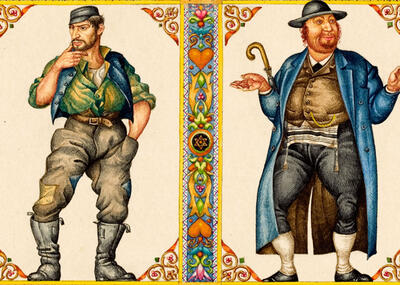
Passover across Jewish Time and Space
Passover is the most celebrated holiday for American Jews. Yet, few appreciate the historical evolution and diversity of its key themes and messages.
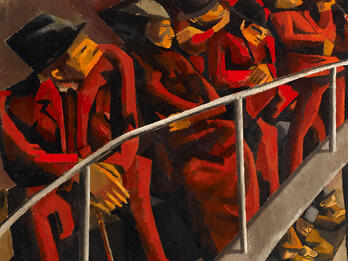
Ghetto Theatre
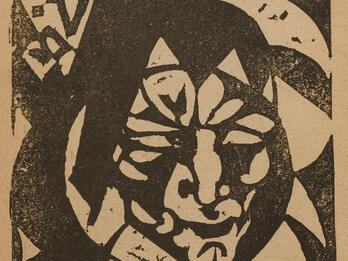
Woodcut no. 1
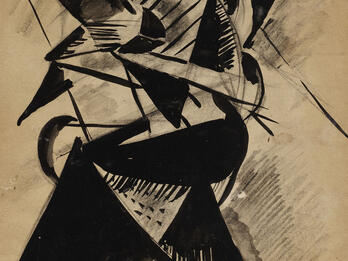
Man with Torah
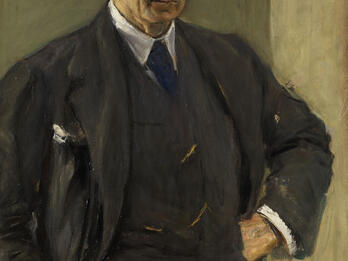
Self-Portrait


